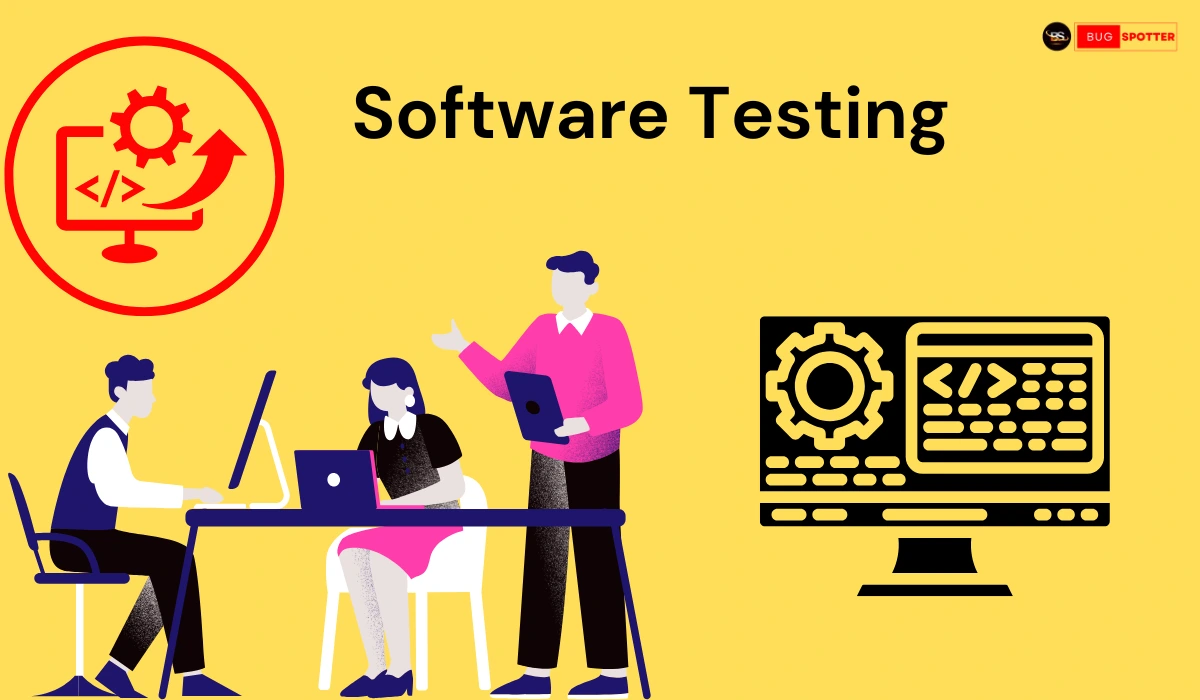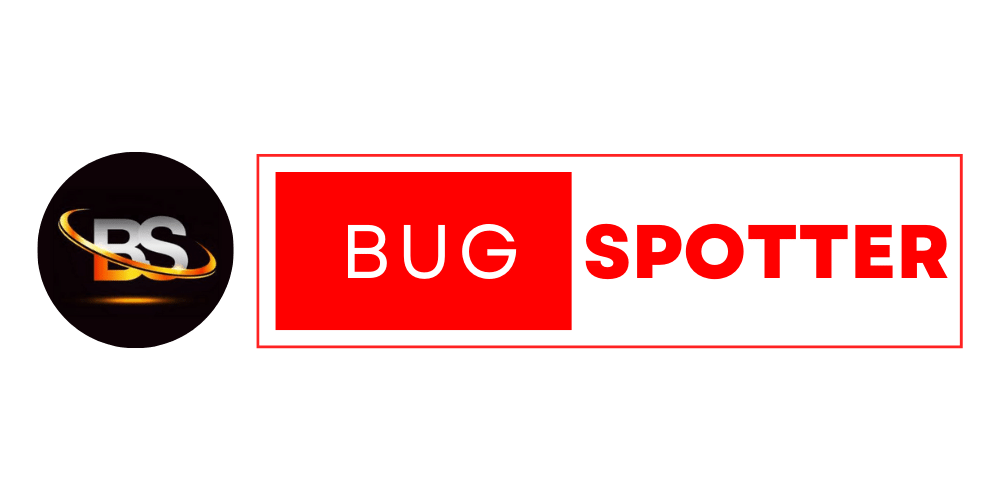Software Testing Interview Questions for Accenture
Software Testing Interview questions manual & Automation Testing

Table of Contents
Software testing is the process of evaluating a software application to determine whether it meets specified requirements and functions correctly. It involves executing the software to identify defects, ensure quality, and verify that the application behaves as expected under various conditions. Testing can be performed manually or through automation and encompasses various types such as functional, non-functional, regression, and performance testing. The ultimate goal of software testing is to deliver a reliable product that meets user needs and minimizes risks.
1. What is software testing?
Answer: Software testing is the process of evaluating a software application to determine if it meets specified requirements and functions correctly, helping to identify defects and ensure quality.
Answer: Types include functional testing, non-functional testing, regression testing, acceptance testing, and performance testing.
3. What is manual testing?
Answer: Manual testing is the process of manually checking software for defects without the use of automation tools.
4. What is automation testing?
Answer: Automation testing uses specialized tools to execute tests on a software application, allowing for quicker and more efficient testing compared to manual testing.
5. What are the advantages of manual testing?
Answer: Advantages include flexibility, human insight, ease of exploratory testing, and the ability to adapt to changing requirements quickly.
6. What are the drawbacks of manual testing?
Answer: Drawbacks include being time-consuming, prone to human error, less efficient for large-scale testing, and challenges in maintaining test cases over time.
7. What is a test case?
Answer: A test case is a detailed document that outlines the conditions, steps, expected results, and actual results used to verify a specific functionality or requirement.
8. What is a test plan?
Answer: A test plan is a comprehensive document outlining the testing strategy, objectives, scope, resources, schedule, and methodologies for testing.
9. What is regression testing?
Answer: Regression testing is the process of testing existing software functionality to ensure that recent code changes haven't adversely affected existing features.
10. What is black box testing?
Answer: Black box testing evaluates the functionality of an application without knowledge of the internal code structure.
11. What is white box testing?
Answer: White box testing involves testing the internal logic and structure of the code, focusing on code coverage and paths.
12. What is exploratory testing?
Answer: Exploratory testing is an informal testing approach where testers explore the software without predefined test cases, allowing for real-time learning.
13. What is user acceptance testing (UAT)?
Answer: UAT is the final testing phase, conducted by end-users to ensure the software meets their needs and requirements before production deployment.
14. What is the difference between verification and validation?
Answer: Verification checks if the software meets specified requirements at various stages, while validation checks if the final product meets user needs.
15. What is a defect life cycle?
Answer: The defect life cycle includes stages such as new, assigned, open, fixed, retested, closed, and reopened if necessary.
16. What is a testbed?
Answer: A testbed is a controlled environment where testing is conducted, including hardware, software, and network configurations.
17. What is configuration management?
Answer: Configuration management involves managing changes to software and ensuring the integrity of the system is maintained over time.
18. What is GUI testing?
Answer: GUI testing assesses the graphical user interface of an application to ensure it meets design specifications and provides a positive user experience.
19. What is the purpose of test data?
Answer: Test data is used in testing to validate software functionality and can include actual data, simulated data, or data specifically created for testing.
20. What is A/B testing?
Answer: A/B testing compares two versions of a web page or application to determine which performs better based on specific metrics.
21. What is sanity testing?
Answer: Sanity testing is a quick check to determine if a particular function or bug fix works as intended after changes have been made.
22. What is the difference between a bug and a defect?
Answer: A bug is a flaw in the software causing unexpected behavior, while a defect is a deviation from expected results typically identified through testing.
23. How do you prioritize test cases?
Answer: Test cases can be prioritized based on risk, business impact, frequency of use, and criticality to the application's success.
24. What is load testing?
Answer: Load testing assesses the performance of a system under expected load conditions to determine how it behaves under stress.
25. What is the role of documentation in software testing?
Answer: Documentation ensures consistency, facilitates knowledge transfer, provides a reference for test cases, and helps track defects.
26. What are the different levels of testing?
Answer: Levels of testing include unit testing, integration testing, system testing, and acceptance testing.
27. What tools have you used for test automation?
Answer: Common tools include Selenium, QTP/UFT, TestComplete, Appium, and JUnit.
28. What is performance testing?
Answer: Performance testing evaluates the speed, responsiveness, and stability of a system under a given workload.
29. What is test case management?
Answer: Test case management involves organizing, tracking, and managing test cases to ensure effective testing processes.
30. How do you handle a critical bug discovered just before a release?
Answer: Document the bug, communicate it to the development team, assess the impact, and determine if a fix can be implemented in time or if the release should be postponed.
1. Difference Between Manual Testing and Automation Testing
Manual Testing: Involves human testers executing test cases without any automation tools.
Automation Testing: Involves using tools and scripts to automate the execution of test cases.
2. Difference Between Verification and Validation
Verification: Ensures the product is built according to the requirements and specifications at various stages of development.
Validation: Ensures the product meets the needs and expectations of the end users in the final product.
3. Difference Between Alpha Testing and Beta Testing
Alpha Testing: Conducted in-house by the development team before the software is released to external users.
Beta Testing: Performed by actual users in a real environment to gather feedback before the final release.
Accenture Interview Process
| Stage | Description |
|---|---|
| 1. Application Submission | Candidates submit their resumes and applications online. |
| 2. Screening Call | Initial phone screening by HR to discuss resume, interest, and basic qualifications. |
| 3. Assessment Test | Candidates may be required to complete online assessments (aptitude, reasoning, etc.). |
| 4. Technical Interview | Interview focusing on technical skills, problem-solving, and role-specific knowledge. |
| 5. HR Interview | Discussion with HR about cultural fit, soft skills, and behavioral questions. |
| 6. Case Study Interview | Candidates may present solutions to a case study, demonstrating analytical and presentation skills. |
| 7. Final Interview | Senior management or team leads may conduct this interview to assess overall fit and motivation. |
| 8. Offer Stage | Successful candidates receive a job offer, including details on salary and benefits. |
| 9. Background Check | Verification of candidate's background and references before final onboarding. |
| 10. Onboarding | New hires complete onboarding processes, training, and integration into the company. |

